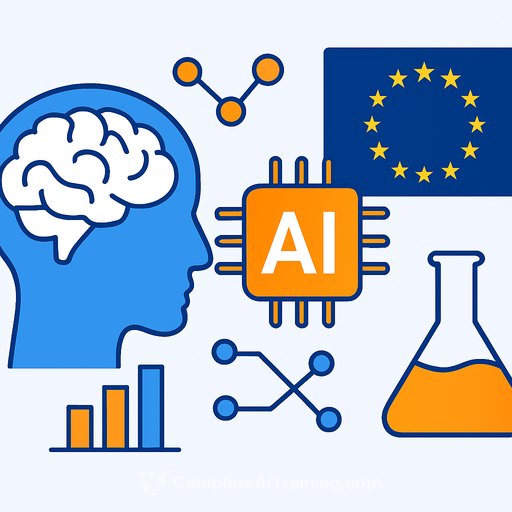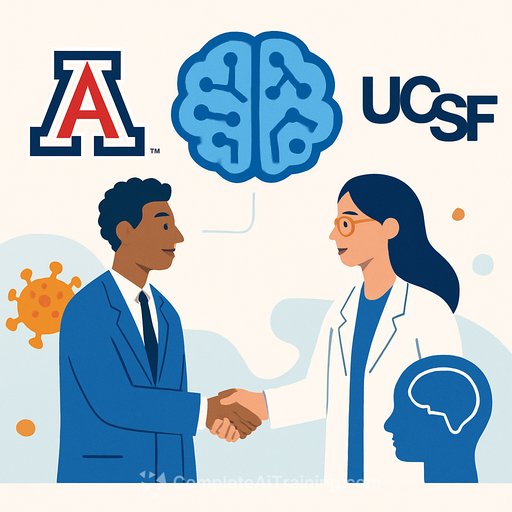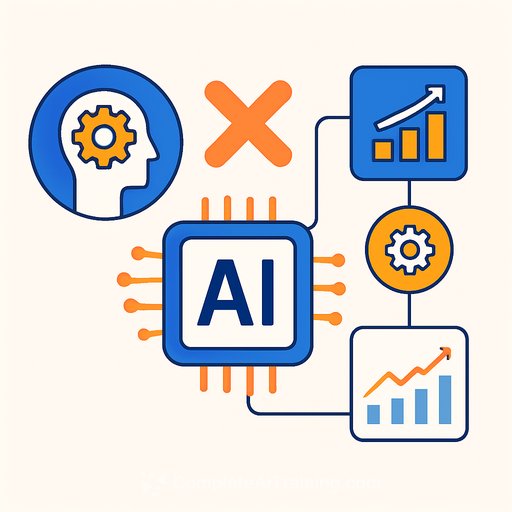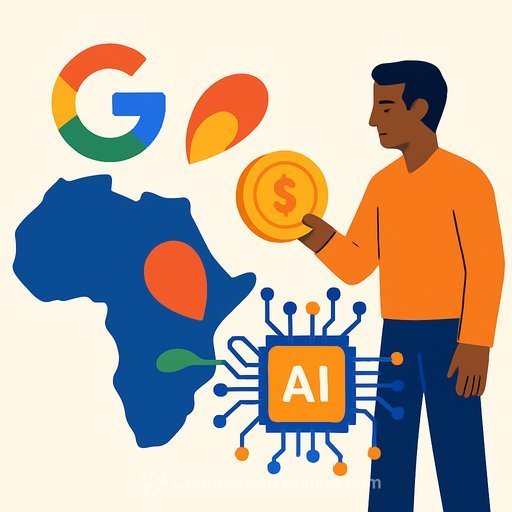This AI Paper Introduces ReaGAN: A Graph Agentic Network That Empowers Nodes with Autonomous Planning and Global Semantic Retrieval
How can each node in a graph act as its own intelligent agent—capable of personalized reasoning, adaptive retrieval, and autonomous decision-making? Researchers from Rutgers University tackled this question by introducing ReaGAN, a Retrieval-augmented Graph Agentic Network. Unlike traditional approaches, ReaGAN treats every node as an independent reasoning agent.
Why Traditional GNNs Struggle
Graph Neural Networks (GNNs) have been essential for tasks like citation network analysis, recommendation systems, and scientific classification. Typically, GNNs rely on static, uniform message passing where each node aggregates data from its neighbors following fixed rules. This approach faces two main problems:
- Node Informativeness Imbalance: Not all nodes contribute equally. Some contain rich information, while others are sparse or noisy. Treating them the same risks losing valuable signals or amplifying noise.
- Locality Limitations: GNNs mainly focus on local neighbors, often missing relevant nodes that are semantically similar but located farther away in the graph.
The ReaGAN Approach: Nodes as Autonomous Agents
ReaGAN changes the game by turning each node into an agent that actively plans its next actions based on its memory and context. Here's how it works:
- Agentic Planning: Nodes communicate with a frozen large language model (LLM), such as Qwen2-14B, to decide dynamically whether to gather more information, make a prediction, or wait.
- Flexible Actions:
- Local Aggregation: Collect information from immediate neighbors.
- Global Aggregation: Retrieve relevant insights from anywhere in the graph using retrieval-augmented generation (RAG).
- NoOp (“Do Nothing”): Sometimes pausing is the best choice to avoid overload or noise.
- Memory Matters: Each node maintains a private buffer containing raw text features, aggregated context, and labeled examples. This supports customized prompting and reasoning at every step.
How Does ReaGAN Work?
The ReaGAN workflow follows a loop of perception, planning, acting, and iteration:
- Perception: The node collects immediate context from its state and memory buffer.
- Planning: A prompt summarizing the node’s memory, features, and neighbor info is sent to an LLM, which recommends the next action.
- Acting: The node may aggregate locally, retrieve globally, predict its label, or do nothing. Results update the memory buffer.
- Iterate: This reasoning cycle repeats for several layers, refining the information.
- Predict: Finally, the node predicts its label using combined local and global evidence.
What’s unique is that each node decides asynchronously without a global clock or shared parameters forcing uniformity.
Results: Surprisingly Strong—Even Without Training
ReaGAN delivers competitive accuracy on benchmarks like Cora, Citeseer, and Chameleon. It often matches or surpasses baseline GNNs—even without any supervised training or fine-tuning.
| Model | Cora | Citeseer | Chameleon |
|---|---|---|---|
| GCN | 84.71 | 72.56 | 28.18 |
| GraphSAGE | 84.35 | 78.24 | 62.15 |
| ReaGAN | 84.95 | 60.25 | 43.80 |
By using a frozen LLM for planning and context gathering, ReaGAN highlights how prompt engineering and semantic retrieval can improve graph reasoning.
Key Insights
- Prompt Engineering Matters: How nodes integrate local and global memory in prompts affects accuracy. The optimal strategy varies based on graph sparsity and label distribution.
- Label Semantics: Explicit label names can bias predictions. Anonymizing labels tends to yield better results.
- Agentic Flexibility: The decentralized, node-level reasoning of ReaGAN works especially well in sparse graphs or those with noisy neighborhoods.
Summary
ReaGAN introduces a fresh perspective on graph learning by empowering nodes to think and act independently. With advances in large language models and retrieval-augmented methods, future graphs might see every node become an adaptive, context-aware reasoning agent—ready to tackle complex data challenges.
For those interested in exploring modern AI techniques, Complete AI Training offers courses on prompt engineering and retrieval-augmented models that can deepen your understanding of these concepts.
Your membership also unlocks:










